Home>Garden Essentials>How Long Does It Take Conophytum Bilobum To Germinate?
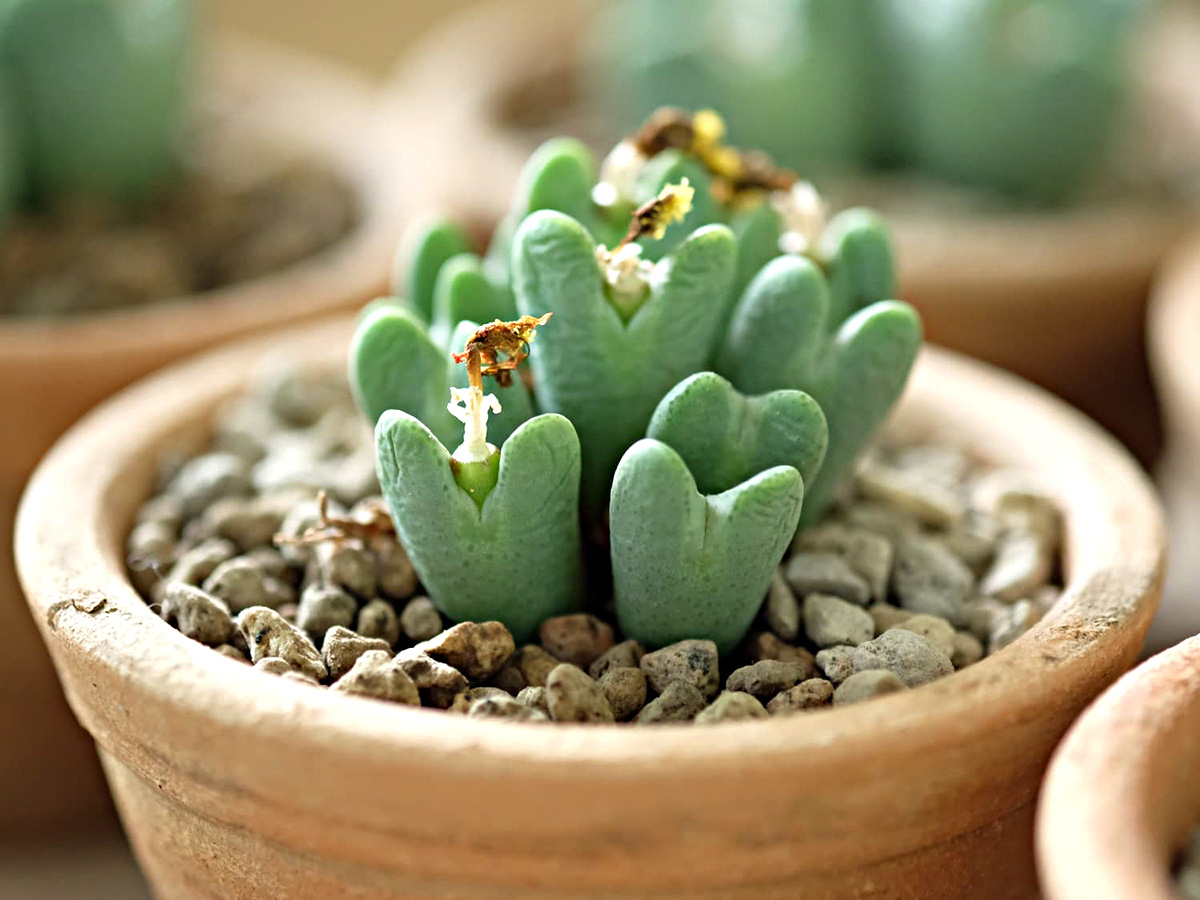

Garden Essentials
How Long Does It Take Conophytum Bilobum To Germinate?
Modified: March 16, 2024
Find out how long it takes for Conophytum Bilobum seeds to germinate in your garden. Get expert tips and advice to ensure successful plant growth.
(Many of the links in this article redirect to a specific reviewed product. Your purchase of these products through affiliate links helps to generate commission for Storables.com, at no extra cost. Learn more)
Introduction
Welcome to the fascinating world of gardening and plant propagation. If you’re new to the hobby or an experienced gardener looking to expand your knowledge, understanding the germination process of different plants is essential. In this article, we will explore the germination time of Conophytum bilobum, a unique and beautiful succulent plant.
Conophytum bilobum, commonly known as the Split Rock plant, is a small succulent native to South Africa. With its distinctive split appearance, it has become a popular choice among succulent enthusiasts. Whether you’re planning to grow Conophytum bilobum for its ornamental value or as part of a succulent collection, understanding its germination process is crucial to promote successful growth.
Germination is the process by which a seed develops into a new plant. It involves the absorption of water, activation of enzymes, and the emergence of the embryo from the seed coat. However, the germination time can vary significantly depending on various factors, including environmental conditions, seed quality, and specific plant species.
In the case of Conophytum bilobum, understanding the average time it takes for the seeds to germinate can help gardeners plan and prepare accordingly. Additionally, knowing the factors that can influence germination time and implement strategies to promote successful germination is essential for a thriving garden.
Join us on this journey as we delve into the specifics of Conophytum bilobum germination and discover how you can create an optimal environment for your seeds to sprout and thrive. Let’s get started!
Key Takeaways:
- Conophytum bilobum, or the Split Rock plant, takes about 2 to 4 weeks to germinate. Providing warmth, moisture, and patience is key to successfully growing these unique succulents.
- Factors like temperature, moisture, and seed quality influence the germination time of Conophytum bilobum. Creating optimal conditions and practicing patience are essential for successful growth.
Background of Conophytum Bilobum
Conophytum bilobum, also known as the Split Rock plant, belongs to the Aizoaceae family and is native to the arid regions of South Africa. This small succulent plant is characterized by its unique leaf structure, which appears split or bifurcated. The plant’s leaves are usually green or grey-green in color, and they grow in clusters, forming attractive rosettes.
The Split Rock plant is highly valued for its ornamental appeal, making it a sought-after addition to gardens and succulent collections worldwide. It is a slow-growing plant that reaches a compact size, usually between 2 and 4 centimeters in diameter. This makes it an ideal choice for those who have limited space or enjoy cultivating small plants.
Conophytum bilobum is well-suited to arid conditions and demonstrates a remarkable ability to adapt and survive in inhospitable environments. Its unique leaf structure enables it to store water, allowing it to withstand prolonged periods of drought. This adaptation is known as succulence, a characteristic shared by many plants in the succulent family.
In its natural habitat, Conophytum bilobum tends to grow in rocky outcrops or crevices, where it can take advantage of shelter and protection from extreme weather conditions. The plant’s ability to blend in with its surroundings further aids in its survival, as its coloration and texture often resemble the rocks in its habitat, providing camouflage and protection from potential predators.
Due to its small size and intriguing appearance, Conophytum bilobum has gained popularity among succulent enthusiasts and collectors. It can be a rewarding plant to grow, but it requires specific care and attention to thrive successfully.
Now that we have a better understanding of Conophytum bilobum’s natural habitat and unique characteristics, we can delve into the factors that influence its germination time and the process by which the plant’s seeds develop into new plants. This knowledge will help us create an optimal environment and provide the necessary conditions for successful germination.
Factors Affecting Germination Time
While germination is a natural process, the time it takes for seeds to sprout can vary depending on several factors. Understanding these factors can help gardeners better prepare and provide the ideal conditions for successful germination. Let’s explore the key factors that can influence the germination time of Conophytum bilobum:
- Temperature: Temperature plays a crucial role in the germination process. Typically, Conophytum bilobum seeds require warm temperatures to initiate germination. A temperature range of 20-25 degrees Celsius (68-77 degrees Fahrenheit) is generally optimal for this plant. Consistently warm temperatures help stimulate enzymatic reactions and promote faster seedling development.
- Moisture: Adequate moisture is another vital factor in promoting germination. Conophytum bilobum seeds require sufficient moisture to break dormancy and trigger the germination process. However, it is crucial to strike a balance and avoid overwatering, as excessive moisture can lead to rot or fungal diseases. A well-draining soil mix that retains moisture without becoming waterlogged is ideal for planting Conophytum bilobum seeds.
- Light: Light requirements can vary among different plant species, and in the case of Conophytum bilobum, light is not a crucial factor for germination. In fact, excessive light exposure can inhibit germination. Therefore, it is generally recommended to provide indirect or filtered light during the germination phase to ensure optimal conditions for the seeds.
- Seed Quality: The quality of the seeds themselves can significantly affect germination time. Fresh, healthy seeds tend to have higher viability rates and faster germination. It is best to obtain seeds from reputable sources to ensure their quality and increase the chances of successful germination.
- Seed Treatment: Certain seed treatments, such as scarification or stratification, can enhance germination rates and reduce the time it takes for seeds to sprout. However, Conophytum bilobum seeds generally do not require any specific treatments and can germinate successfully without additional interventions.
By understanding and controlling these factors to the best of your ability, you can create optimal conditions to promote successful germination and ensure healthy seedling development for your Conophytum bilobum plants.
Now that we have explored the factors that can influence germination time, let’s dive into the germination process of Conophytum bilobum seeds and discover what it entails.
Germination Process of Conophytum Bilobum Seeds
The germination process of Conophytum bilobum seeds follows a series of stages that lead to the emergence of a new plant. Let’s take a closer look at the different steps involved:
- Seed Imbibition: The first stage of germination is seed imbibition, which occurs when the seed absorbs water. Water activates enzymes within the seed, initiating biochemical reactions that break seed dormancy.
- Radicle Emergence: Once the seed imbibes enough water, the radicle, or embryonic root, begins to emerge from the seed coat. It elongates and starts to search for a source of moisture and nutrients in the soil.
- Leaf Emergence: As the radicle continues to grow, the first pair of true leaves emerges from the seedling. These leaves are essential for photosynthesis and provide the seedling with its initial source of energy.
- Seedling Growth: With the radicle and leaves in place, the seedling begins to establish its root system and allocate resources for further growth. The stem elongates, and additional leaves develop, allowing the plant to gather more sunlight and further fuel its growth.
- Establishment: As the seedling grows, it establishes a stronger root system, enabling it to better absorb water and nutrients from the soil. The plant becomes more self-sufficient and can withstand variations in environmental conditions.
Throughout this process, it is crucial to provide optimal growing conditions to support the germination and early growth of Conophytum bilobum seeds. Consistent moisture, proper temperature, and adequate ventilation are essential for successful germination and healthy seedling development.
Now that we have a better understanding of the germination process, let’s discuss the average time it takes for Conophytum bilobum seeds to germinate.
Conophytum bilobum seeds typically germinate within 1-3 weeks when sown in well-draining soil and kept in a warm, sunny location. Keep the soil consistently moist but not waterlogged during this time.
Average Time for Conophytum Bilobum to Germinate
The germination time of Conophytum bilobum seeds can vary depending on various factors, including environmental conditions and seed quality. On average, it takes about 2 to 4 weeks for the seeds to germinate and for the first signs of growth to appear.
During this time, it is important to maintain consistent moisture levels in the soil, ensuring that it is neither too dry nor waterlogged. A well-draining soil mix that retains moisture without becoming overly saturated is ideal for promoting successful germination.
Temperature also plays a significant role in the germination process of Conophytum bilobum. Providing a consistently warm environment within the range of 20-25 degrees Celsius (68-77 degrees Fahrenheit) can help speed up germination and encourage seedling development.
It is important to note that individual seeds may not all germinate simultaneously. Some seeds may sprout earlier, while others may take a bit longer. This is a natural occurrence, and patience is key during the germination process. Providing the optimal growing conditions and maintaining consistency in watering and temperature will help ensure the best chances of successful germination for your Conophytum bilobum seeds.
Keep in mind that succulents like Conophytum bilobum are generally slow-growing plants, and the initial germination stage is just the beginning of their growth journey. It may take several months to a year or more for the plants to reach their mature size and display their characteristic split leaf appearance in full glory.
As you tend to your Conophytum bilobum seeds and observe their growth, remember to monitor their watering needs and adjust as necessary. Additionally, mild fertilization with a balanced succulent fertilizer can be introduced once the seedlings have established themselves and are showing active growth.
By understanding the average germination time and providing the necessary care, you can set yourself up for success in growing healthy and thriving Conophytum bilobum plants.
Now that we’ve explored the average germination time, let’s move on to some tips for promoting Conophytum bilobum germination.
Read more: How Long Does Rosemary Take To Germinate
Tips for Promoting Conophytum Bilobum Germination
When it comes to promoting successful germination of Conophytum bilobum seeds, there are several tips and strategies you can implement. These tips will help create optimal conditions for germination and increase the chances of healthy seedling establishment. Here are some key tips to consider:
- Use a well-draining soil mix: Conophytum bilobum seeds require a well-draining soil mix to prevent waterlogging and promote healthy root development. A mix composed of equal parts potting soil, sand, and perlite or pumice works well. This ensures adequate drainage while retaining enough moisture for the seeds to germinate.
- Provide consistent moisture: During the germination stage, it is crucial to keep the soil consistently moist but not waterlogged. Water the soil whenever it starts to dry out, being careful not to overwater. Mist the soil surface gently to maintain moisture levels, or use a spray bottle to avoid disturbing the delicate seeds.
- Maintain a warm environment: Conophytum bilobum seeds prefer warmth for optimal germination. Keep the temperature within the range of 20-25 degrees Celsius (68-77 degrees Fahrenheit). You can use a heating mat or place the seeds in a warm location such as near a sunny window or on top of a refrigerator to provide the necessary warmth.
- Provide indirect light: While Conophytum bilobum seeds do not require intense light during germination, they still benefit from indirect or filtered light. Place the seeds in a bright location, but avoid exposing them to direct sunlight, as this can lead to overheating and damage the delicate seedlings.
- Patience and observation: Germination can take time, so it’s essential to be patient and avoid disturbing the seeds or the emerging seedlings unnecessarily. Monitor the growth progress and make adjustments to watering or lighting as needed. Be gentle when handling the delicate seedlings and avoid transplanting them until they have developed a strong root system.
- Labeling and record-keeping: It’s a good practice to label your seed trays or pots and keep a record of planting dates and observations. This allows you to track the progress of germination and identify any patterns or issues that may arise. It also helps you keep track of different seed batches or varieties.
By following these tips, you can create the optimal conditions for Conophytum bilobum germination. Remember that each seed has its timeline, and some may take longer to sprout than others. Continuously provide care and attention to ensure the best chances of success.
With time, patience, and proper care, you will witness the joyful sight of Conophytum bilobum seeds sprouting and growing into beautiful plants.
Now, armed with these tips, you are ready to embark on your Conophytum bilobum germination journey.
Conclusion
In conclusion, understanding the germination process of Conophytum bilobum is essential for any gardener or succulent enthusiast wishing to grow this unique and beautiful plant. By delving into the background and factors that affect germination time, we gain valuable insights that can help us create optimal conditions and improve our chances of successful germination.
Conophytum bilobum, also known as the Split Rock plant, is a captivating succulent native to South Africa. With its split leaf appearance and adaptability to arid conditions, it has become a popular choice for gardens and succulent collections worldwide.
Factors such as temperature, moisture, seed quality, and seed treatment can significantly impact the germination time of Conophytum bilobum. By providing warmth, consistent moisture, and a well-draining soil mix, we can create favorable conditions for the seeds to break dormancy and begin the journey of growth.
The germination process of Conophytum bilobum seeds involves stages such as seed imbibition, radicle emergence, leaf emergence, seedling growth, and establishment. Each stage brings the plant closer to maturity, but it requires patience and careful attention to watering, temperature, and lighting.
The average time for Conophytum bilobum seeds to germinate is around 2 to 4 weeks, but individual seeds may sprout at different rates. Therefore, maintaining optimal conditions and observing the progress of germination is crucial for success.
To promote germination, it is important to use a well-draining soil mix, provide consistent moisture, maintain a warm environment, and offer indirect light. Additionally, practicing patience, labeling seed trays, and keeping records help track progress and make necessary adjustments along the way.
So, whether you’re a seasoned gardener or just starting, the journey of Conophytum bilobum germination offers a rewarding experience. With the right knowledge and care, you can witness the transformation of tiny seeds into vibrant and thriving Split Rock plants.
Now, it’s time to put your newfound knowledge into action, sow your Conophytum bilobum seeds, and watch as nature works its magic. Happy gardening!
Frequently Asked Questions about How Long Does It Take Conophytum Bilobum To Germinate?
Was this page helpful?
At Storables.com, we guarantee accurate and reliable information. Our content, validated by Expert Board Contributors, is crafted following stringent Editorial Policies. We're committed to providing you with well-researched, expert-backed insights for all your informational needs.

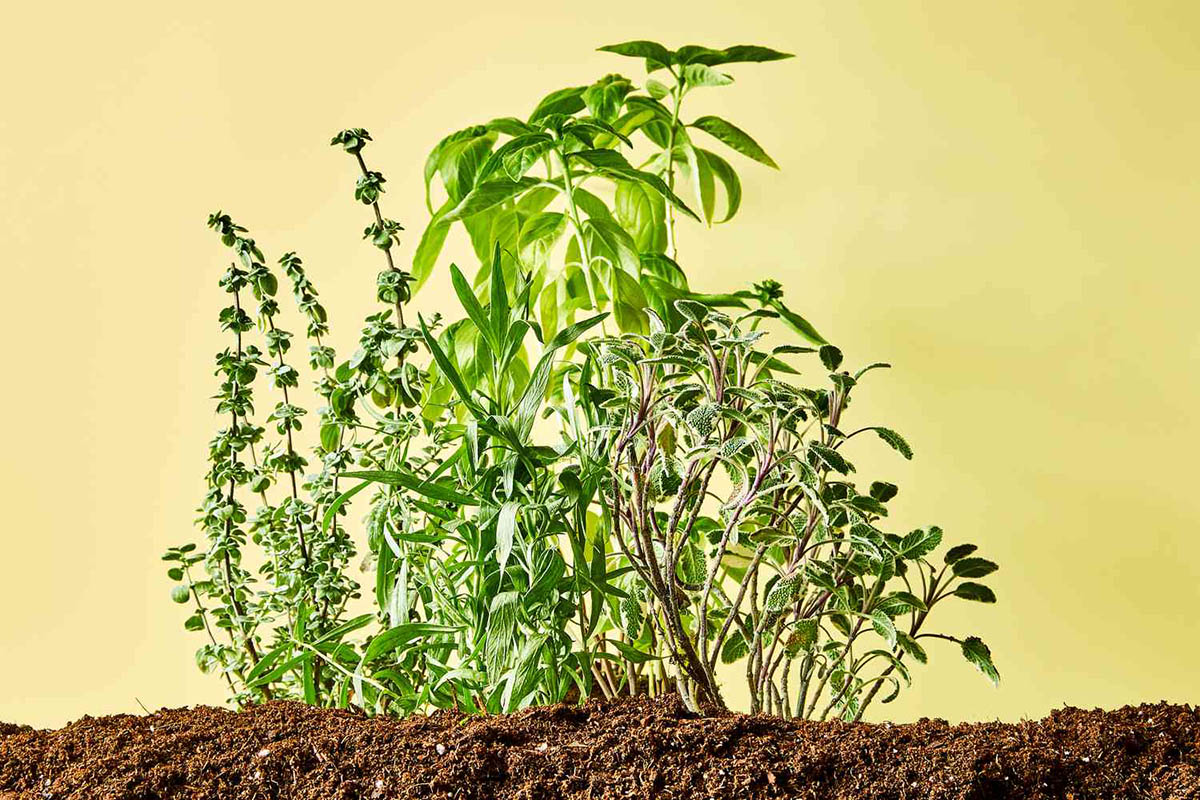
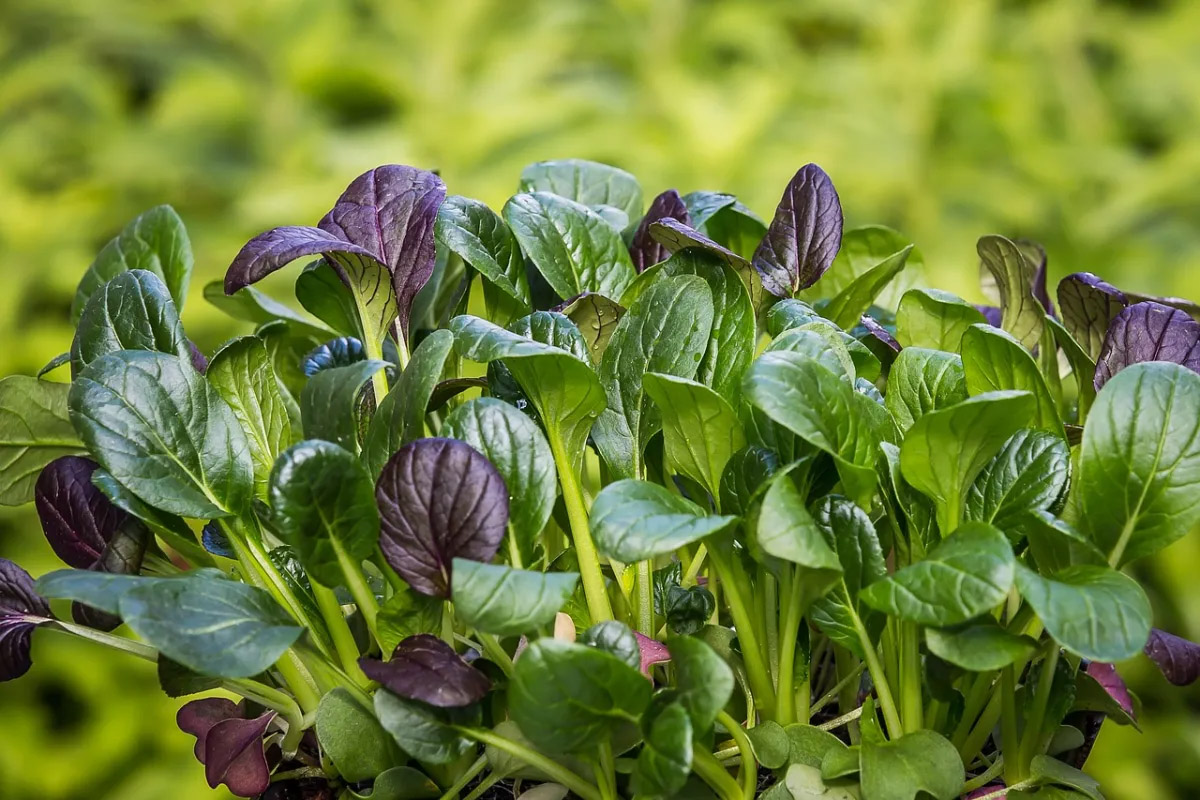
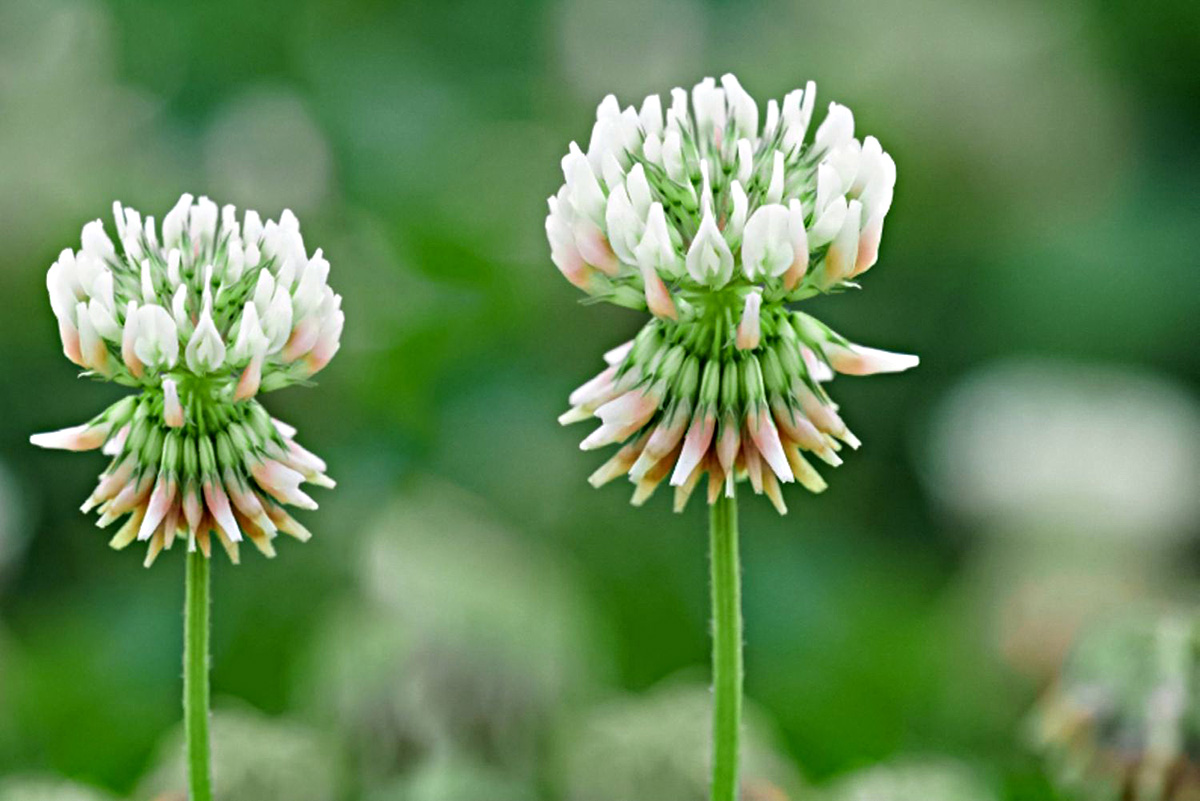

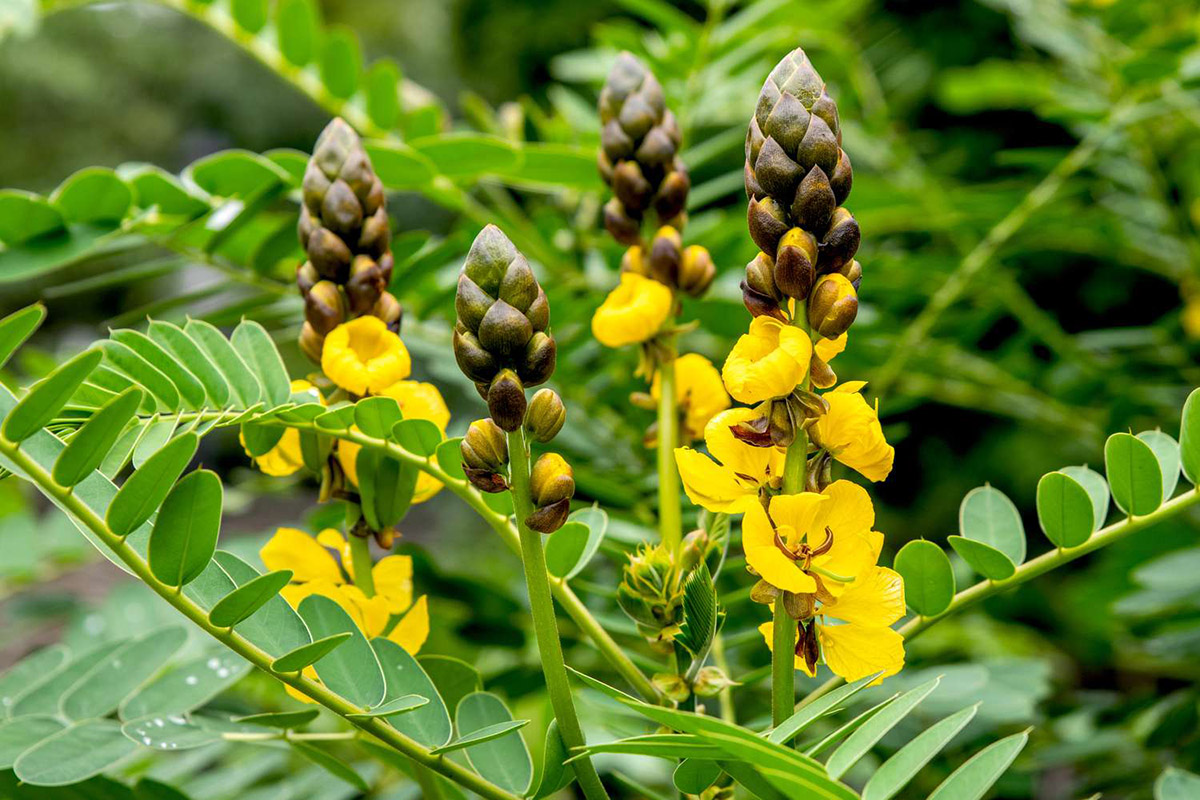
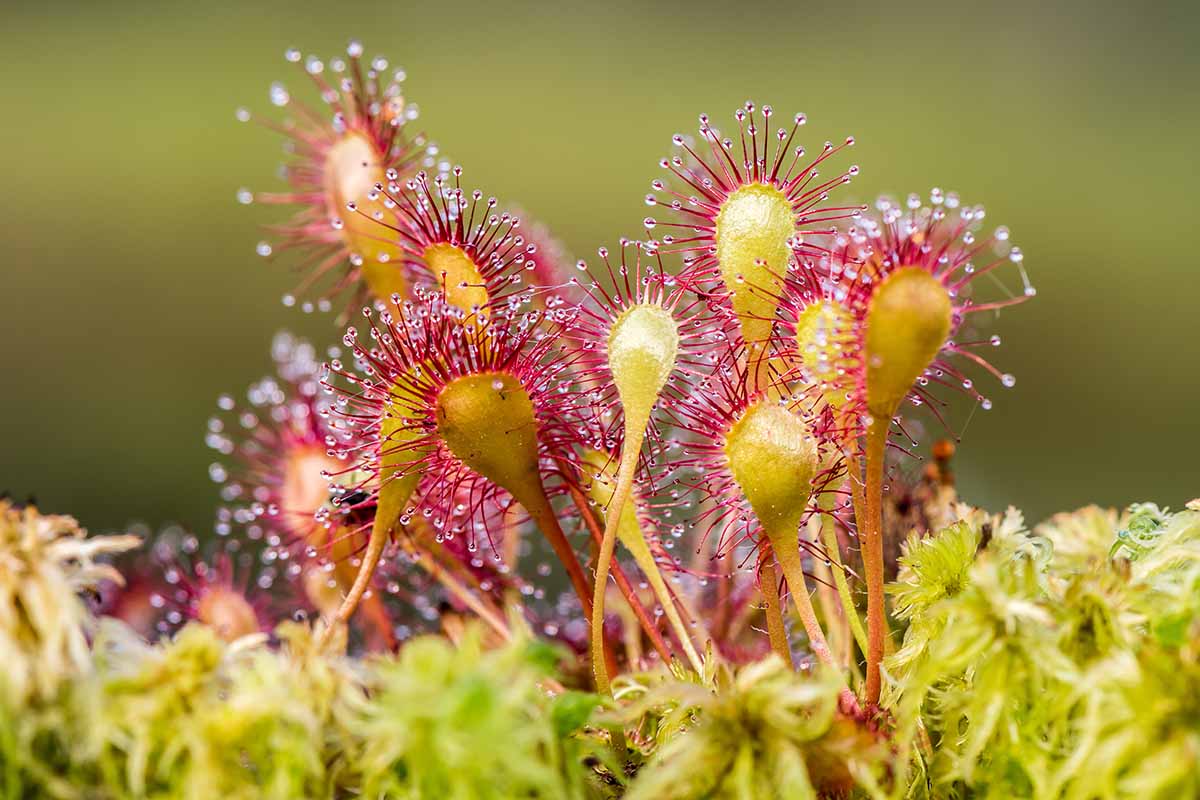
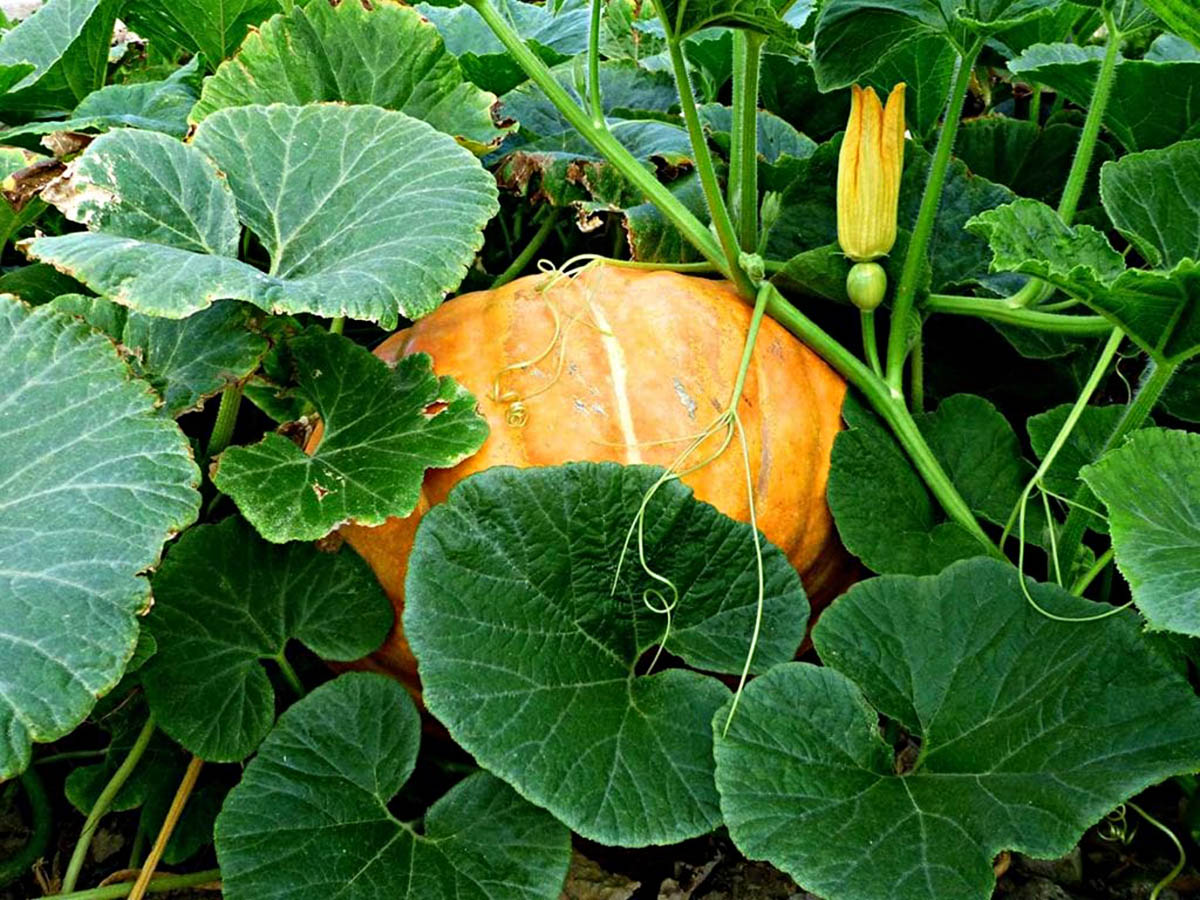
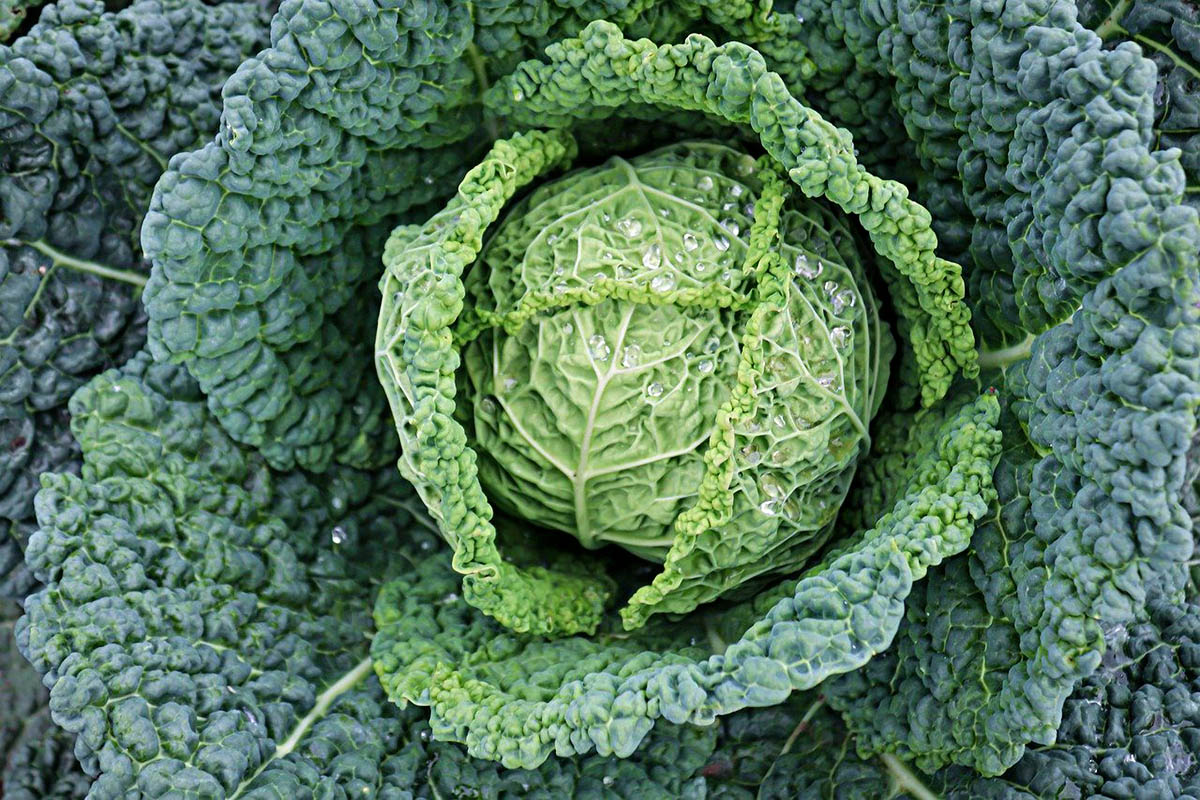

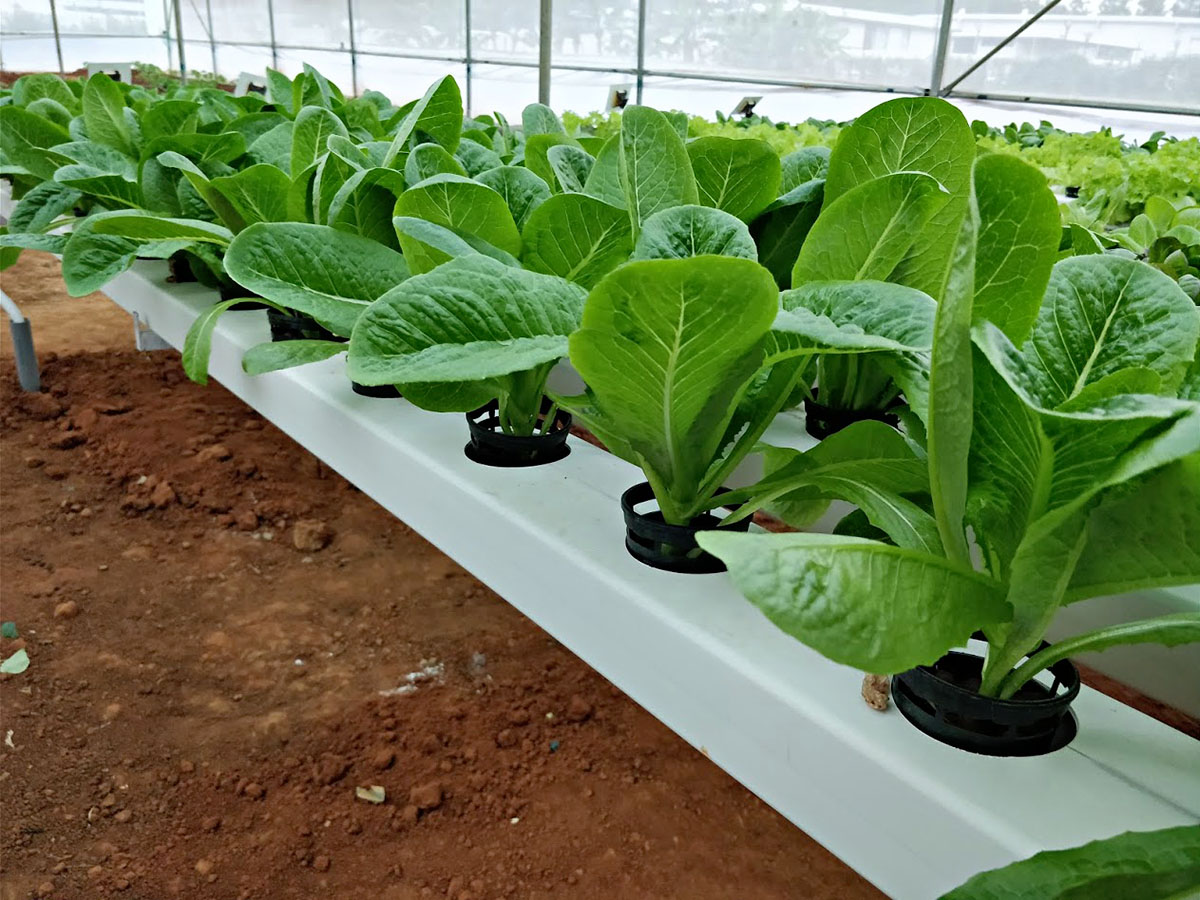
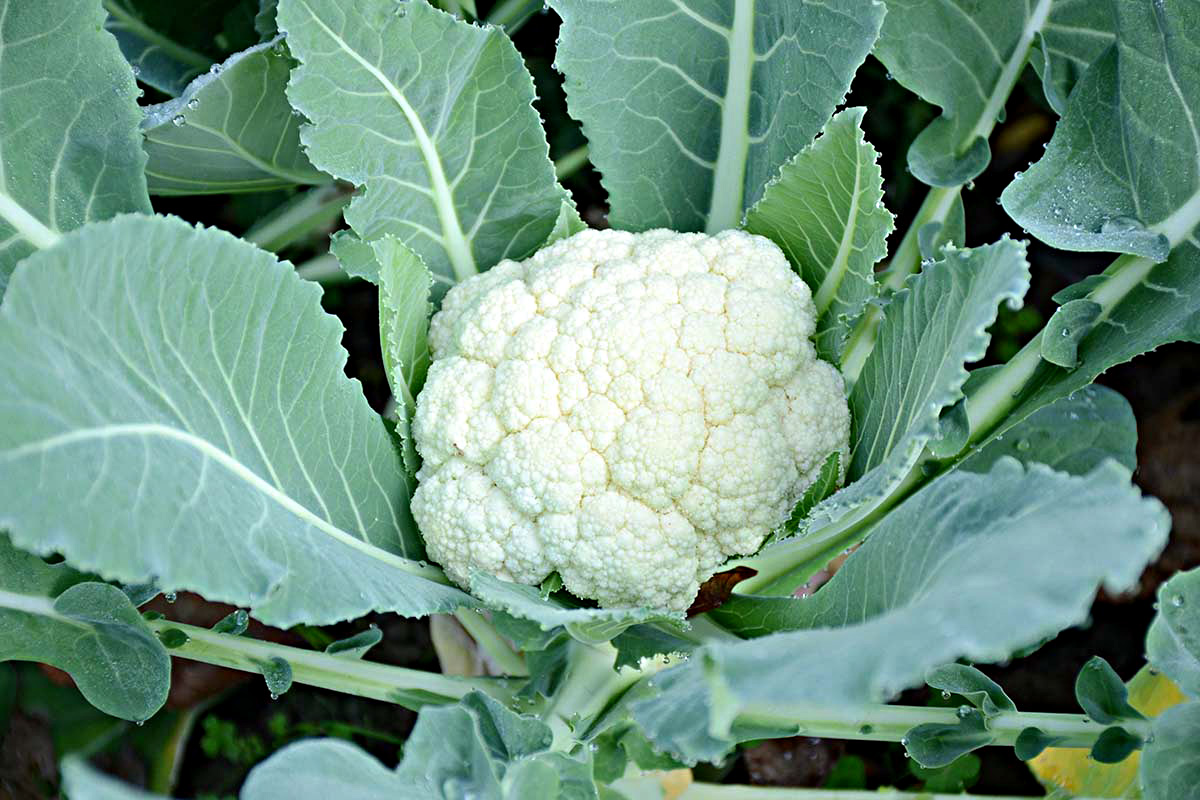

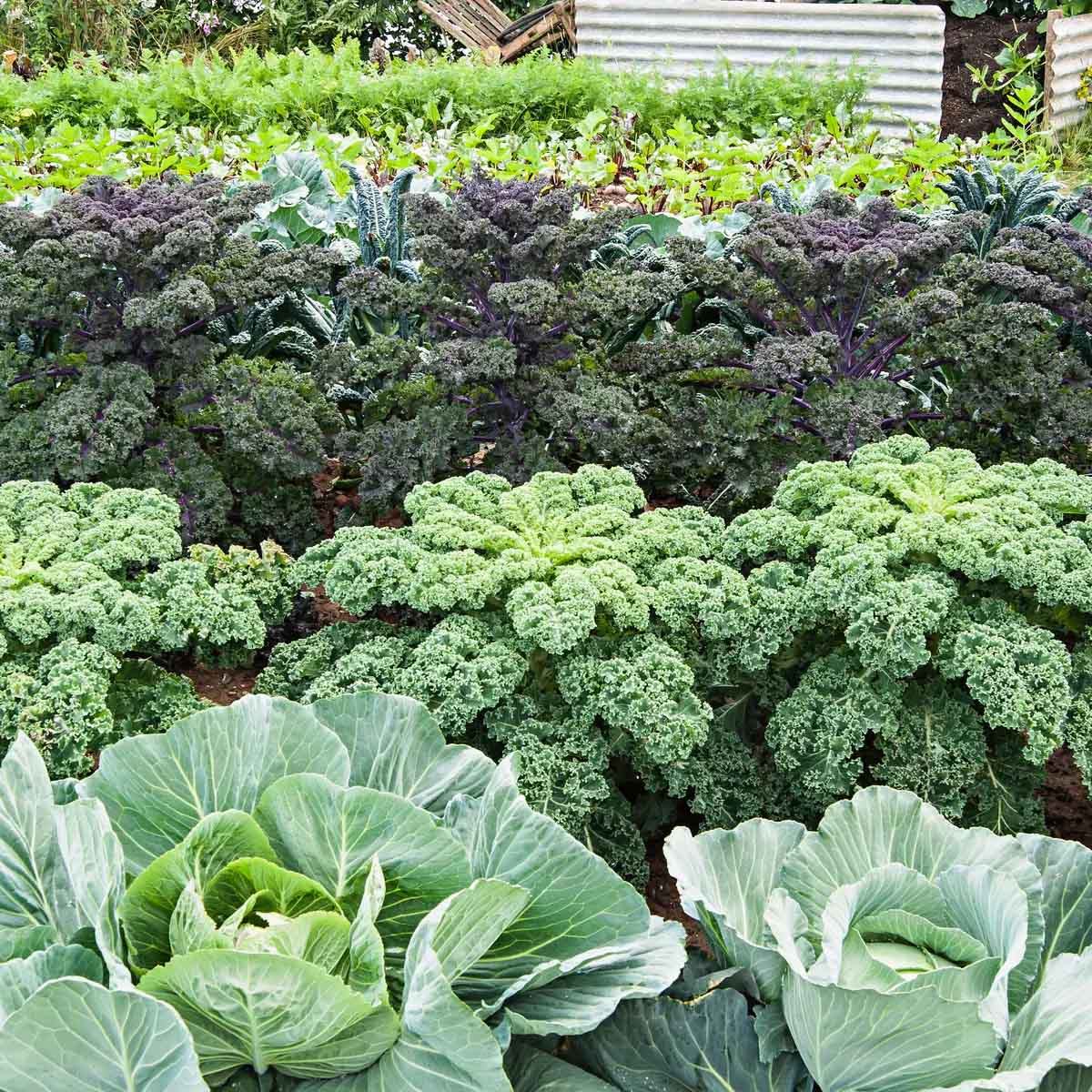

0 thoughts on “How Long Does It Take Conophytum Bilobum To Germinate?”